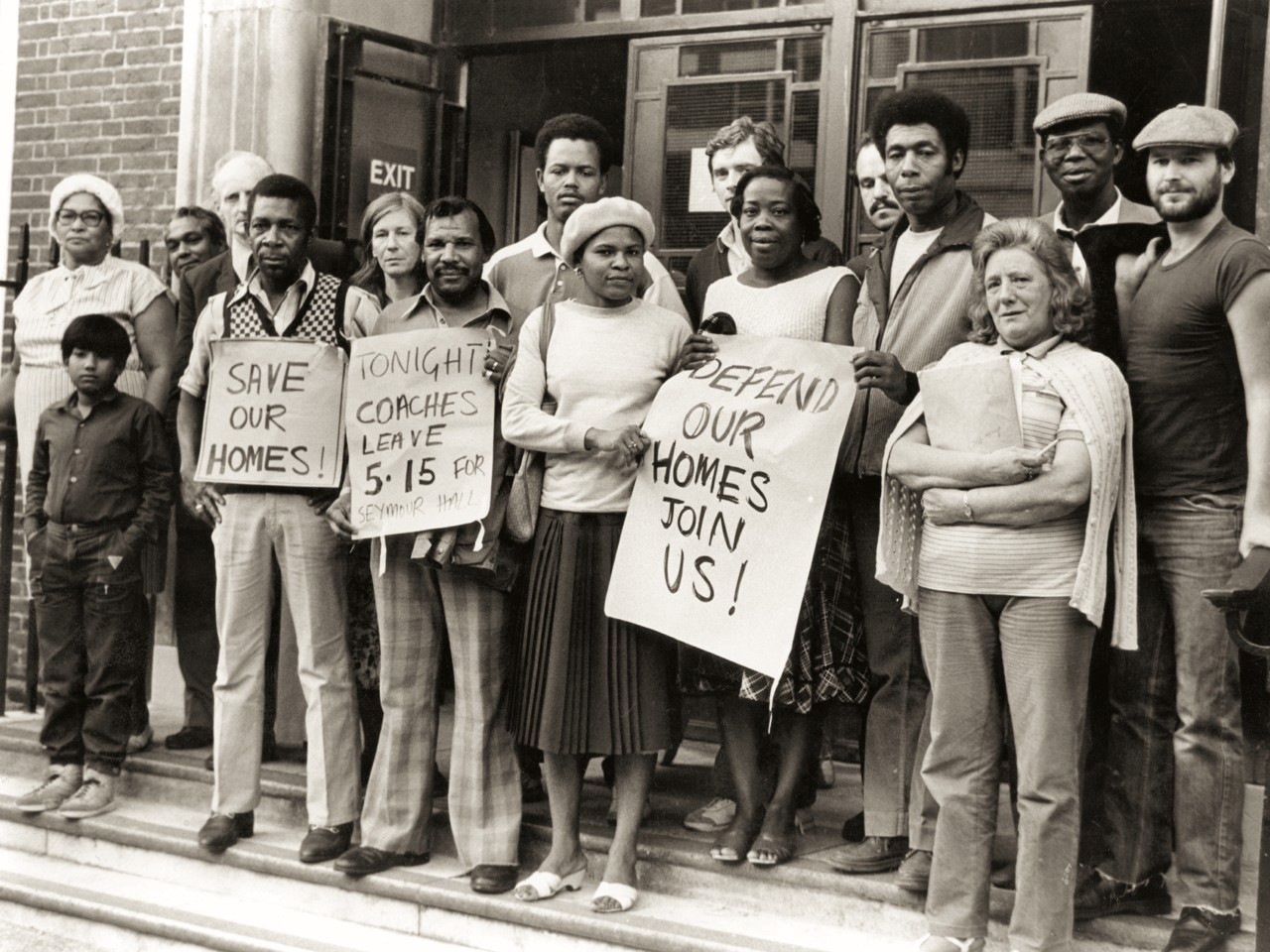The Private Rented Sector at a crossroads?
The private rented sector faces major reform. Here Campbell Tickell Senior Consultant, James McHugh, explores the scale of the changes, the risks of landlord exit, and how the sector can adapt to a new regulatory landscape.
Since last May’s General Election, much of the housing sector’s attention has understandably been paid to the Government’s grand ambitions to deliver 1.5 million new homes over this Parliament. Less spoken about, however, are the sweeping reforms set to transform the private rented sector (PRS) which may prove to have an equally significant bearing on our country’s future housing supply.
The rise and rise of the PRS
The PRS has been through an immense rise in England since around the turn of the millennium. During this period, it has undergone a boom due to changes in demographics, increased availability of mortgage finance, and rapid house price growth which made it an attractive investment for a growing multitude of buy-to-let landlords.
Such favourable conditions led to a doubling of the PRS in size, from around 10% of all households in the early 2000s, stabilising at circa 20% of all households over the past decade – accounting for 4.7 million households. This growth took place in parallel to a corresponding fall in the proportion of households in social housing and those buying with a mortgage – a result of constrained affordability, sluggish housebuilding, and the careless depletion of social housing through a reinvigorated Right to Buy.
Quantity over quality?
 The rise of the PRS has undoubtedly had profound effects on the livelihoods of millions of people in this country, particularly the young, single people, city dwellers and those from minority ethnic backgrounds.
The rise of the PRS has undoubtedly had profound effects on the livelihoods of millions of people in this country, particularly the young, single people, city dwellers and those from minority ethnic backgrounds.
At its best the rise of the PRS has allowed a growing cohort of the population to source housing in a wider range of locations, allowing them to pursue new work, study and cultural opportunities, sharing homes with friends, both old and new, and forming new relationships. The benign view of private renting is perhaps best epitomised in the wave of co-living developments sprouting up in ‘vibrant’ urban locations, featuring high quality shared amenities and making a virtue of flexibility in their marketing efforts.
For too many, however, the experience of privately renting has been somewhat more malign, being associated with long periods of instability, short notice moves, sudden rent increases, living with poor housing conditions out of fear of eviction, and coming up against disregard from landlords and letting agents when raising day-to-day issues.
Anecdotal examples of this are legion – indeed, I have several of my own – whilst concerns about the quality of the PRS are borne out by the latest English Housing Survey. This shows that the PRS continues to have the highest proportion of non-decent homes (21%), homes affected by Category 1 hazards (10%), homes affected by damp (8%), overcrowding (13%) and worst energy efficiency. If anything, I suspect such figures are underreported because of inherent methodological bias within such surveys.
The political economy of renting
The rise of the PRS has led to growing political awareness of its all-to-frequent shortcomings. For most of this period, the country has fallen under the rule of its traditional two-party system, with the Conservative Party seen as the party of homeownership and Labour the party that best represents social housing tenants. In contrast, private renters have often lacked a natural political home or voice.
We have instead seen a rise in politically unaffiliated campaign groups, either taking direct action against evictions or making intelligent interventions in policy debates. The relentless reach of social media has also allowed for greater networking of what is often seen as a transient community, as well as for the direct sharing of egregious examples of privately rented housing. Vice magazine’s ‘Rental Opportunity of the Week’ column provided a darkly humorous historical record of some of the exorbitantly expensive yet utterly inhuman rented homes being advertised for let.
In the wake of such growing political awareness, politicians seemed to undergo a sudden awakening, with the Conservative Manifesto 2019 promising “a better deal for renters” which included abolishing Section 21 ‘no-fault’ evictions. Such efforts ran aground, in large part due to the disruptive effects of the pandemic, but it was noticeable that Labour has since taken forward and built upon such plans, publishing the Renters Rights Bill just two months after coming into power.
Collectively these reforms mean landlords must simultaneously navigate property improvement requirements, changed tenancy management rules, and enhanced enforcement powers – creating a more complex compliance environment that many will be ill-equipped to handle. They must be prepared to evidence that their property meets such standards, and if not, finance and arrange the necessary improvements, potentially with the tenants in situ.
Regulatory drivers to reform
The Renters Rights Bill represents a sea change in the regulation of the PRS. This includes provisions to abolish Section 21, create an ombudsman service to resolve complaints, prohibit discrimination against families or people on benefits, limit rent increases during tenancies, and to extend both Awaab’s Law and the Decent Homes Standard (DHS) to the PRS. In addition to this are reforms to Minimum Energy Efficiency Standards which will require all PRS homes to achieve a minimum of EPC ‘C’ by 2030.
Collectively these reforms mean landlords must simultaneously navigate property improvement requirements, changed tenancy management rules, and enhanced enforcement powers – creating a more complex compliance environment that many will be ill-equipped to handle. They must be prepared to evidence that their property meets such standards, and if not, finance and arrange the necessary improvements, potentially with the tenants in situ.
Given the scale of quality issues in the PRS, it is also likely that any new ombudsman service will have its work cut out for it. Such a service would arguably need to operate on different principles to the current Housing Ombudsman too – with policy recommendations and ‘naming and shaming’ poor performing landlords having less impact on a sector with few if any formal policies and less public profile.
A crossroads for the Sector
The Government’s own impact assessment of the DHS estimates that it will cost £7,480 per affected property in the PRS (some 40% higher than the equivalent cost for social housing providers) and that ‘it is possible that some private landlords may choose to exit the sector as a result’.
The potential for landlords to exit the PRS should be of concern to all of us working in affordable housing. We know for example that almost half (45%) of landlords own just a single rental property, and a further 38% own between two and four – representing 51% of all tenancies. Such smaller, ‘amateur’ or even ‘accidental’ landlords are the least likely to be able to understand and respond to new regulatory drivers.
Should those landlords currently managing a single home choose to exit the market, then this would lead to the loss of almost one million homes, many of which are being used to house those who should ideally be living in social housing. If such a scenario comes to pass, then what happens to these homes will have a significant bearing on the ability to meet housing needs.
In one scenario, such homes are acquired by more professional landlords, possibly including social landlords, who make the investments necessary to meet compliance with the new regulatory requirements. The prospects of this seem slim in the current climate, however, where the costs of borrowing remain stubbornly high and social landlords are focusing on improving their existing homes. The ability to recoup investment costs through rents could also prove challenging in the current climate. Another scenario is that such homes re-enter the lower end of the sales market and provide an opportunity for first-time buyers to get on the property ladder.
A third scenario might be for the Government to fund local authorities to acquire and renovate at least some of these assets to use as temporary accommodation (TA). This could go some way to meeting the needs of the 131,000 plus households currently living in TA at an annual cost of some £2.8 billion.
Based on the Government’s own figures this would come at a cost of circa £ 980 million for the current TA population to remediate such homes, considerably cheaper over the long term than the ever-escalating costs of using less suitable alternatives such as hotels, B&BS, and privately leased accommodation. It could also provide a potential solution to the issue of housing for asylum seekers, especially given the planned moved towards more dispersed accommodation.
Embracing change
What is clear is that private landlords cannot afford to wait for full implementation of such reforms. Those serious about remaining in the market should take lessons from social housing, including the following steps:
- Assess the current performance of their assets
- Plan strategically to guide their future approach to investment and disposal
- Access expert advice on compliance, funding options, and technical solutions
- Engage with tenants proactively and review their tenancy management approach
The reforms represent both a challenge and an opportunity. While compliance costs could be substantial, properties meeting enhanced standards are likely to lead to lower turnover of tenants and fewer issues with repairs and maintenance. For the PRS, adaptation is not optional. The landlords who survive will be those who embrace these changes as an opportunity to professionalise their operations and improve their competitive position in a transformed market.
To discuss any points raised in this article please contact James McHugh: James.McHugh@campbelltickell.com
Find out more about our consultancy support.



